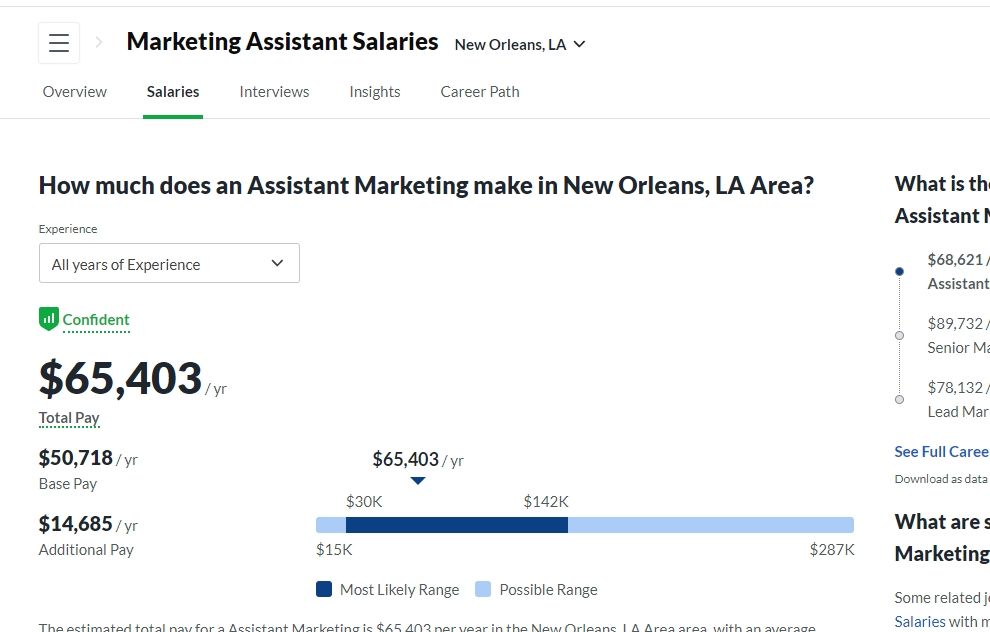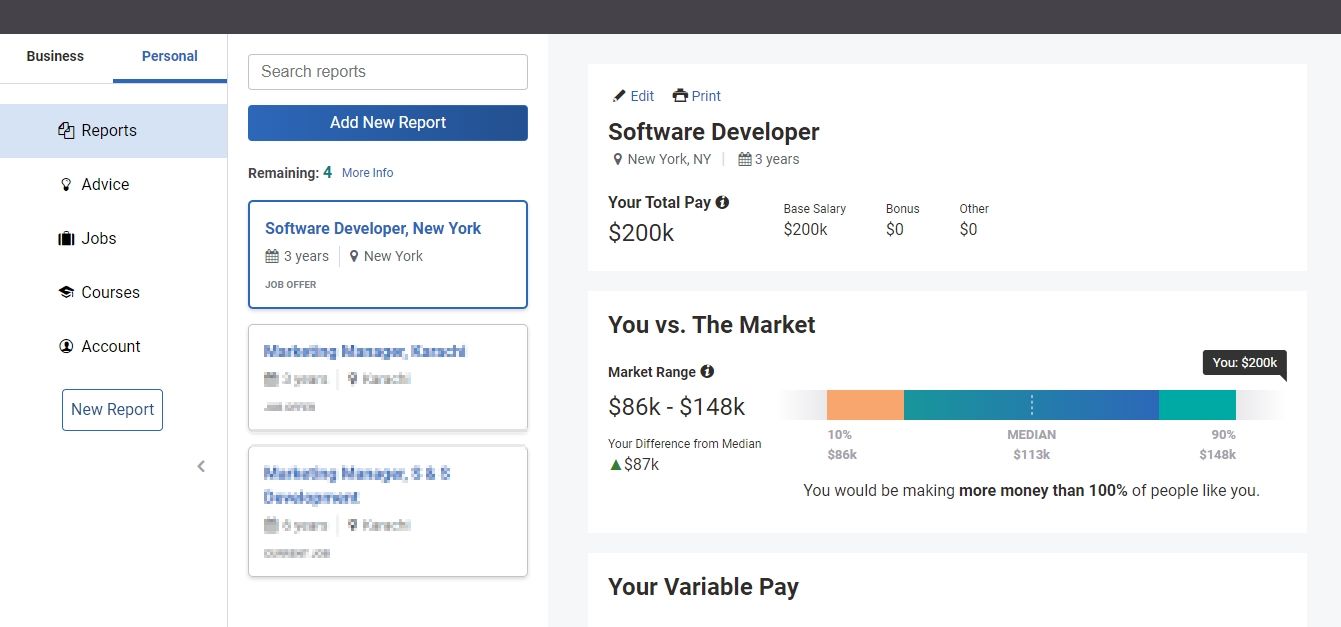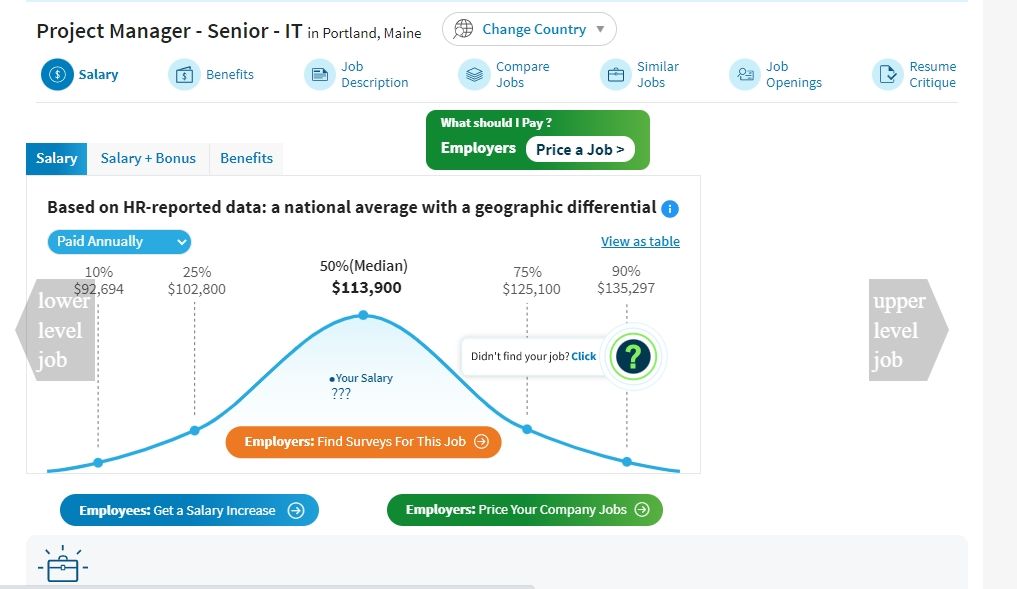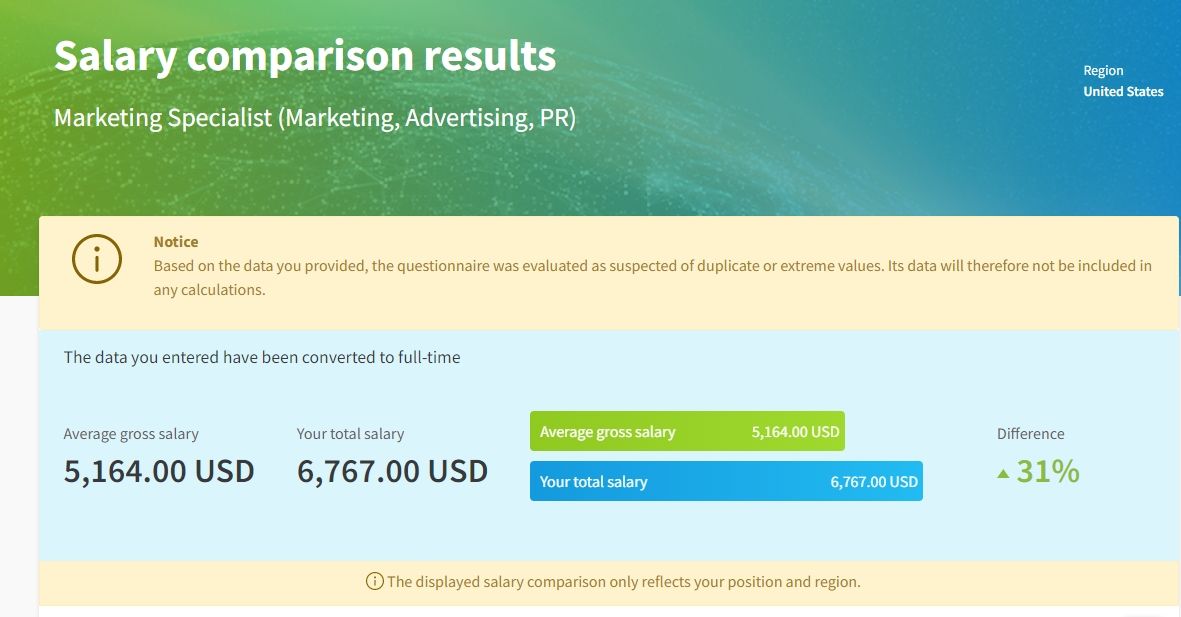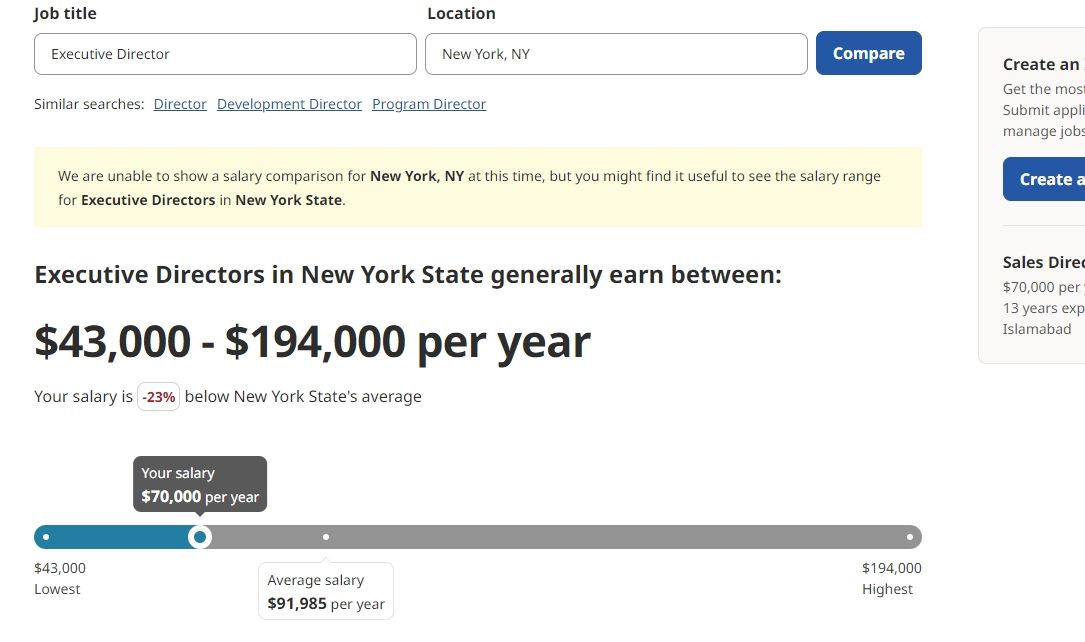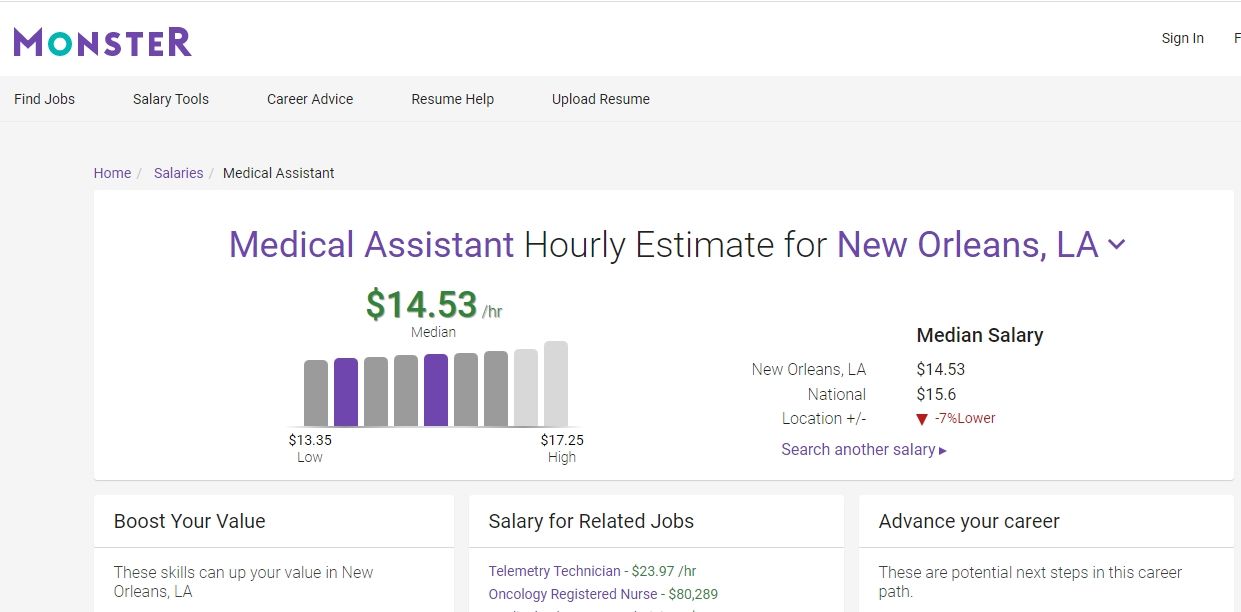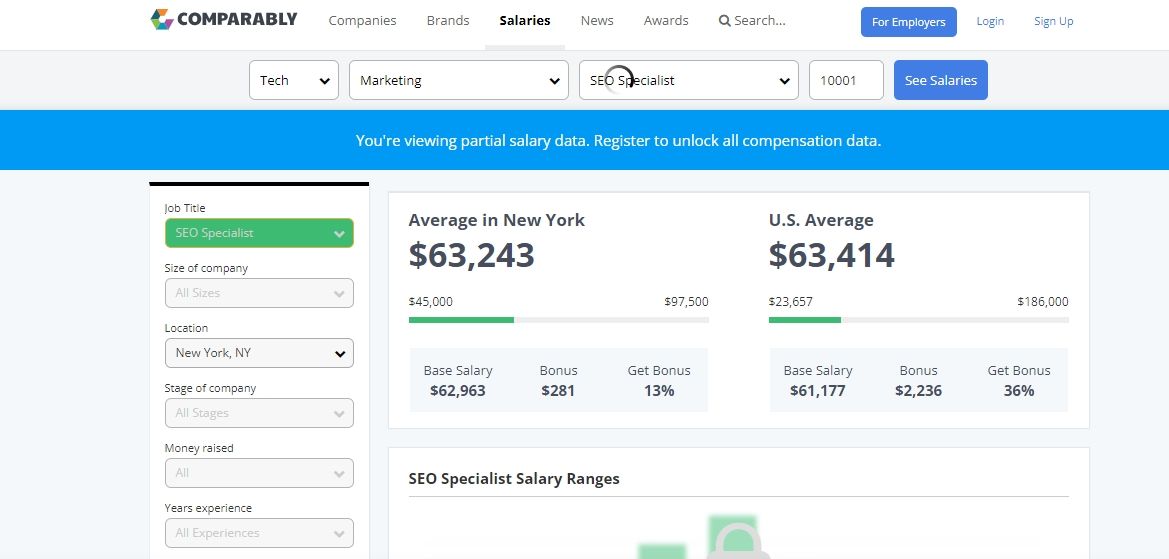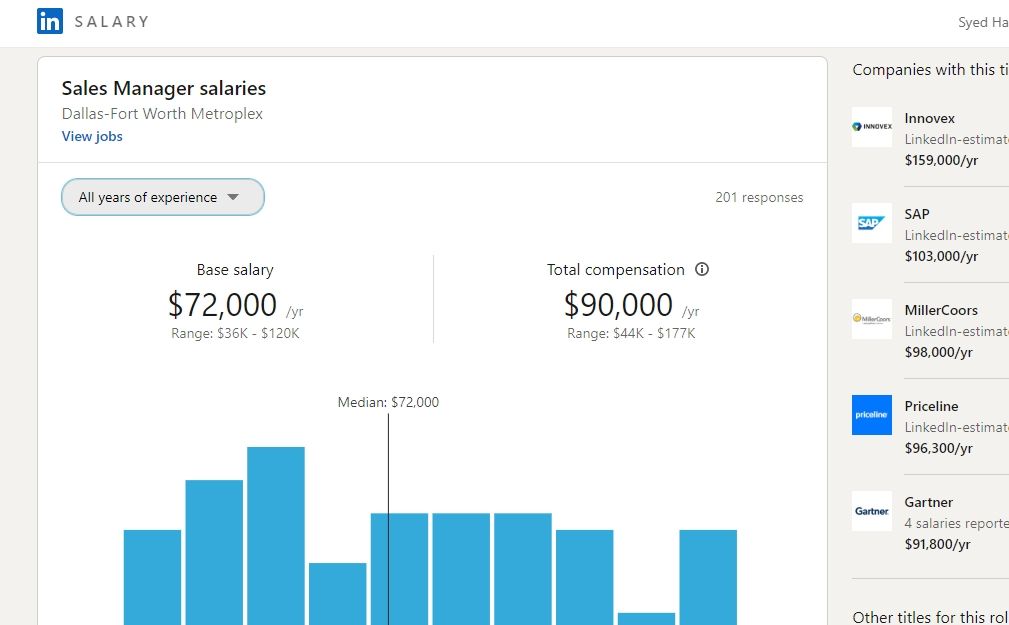Whether you’re planning to ask for a raise or mulling over a job offer, knowing your peers' salaries can be helpful. But asking your coworkers and friends about their salaries can be awkward.
In this case, a salary estimator tool can help. Using this, you can uncover the median salaries based on location, role, and other factors. Here, we list the eight best tools for estimating salaries.
1. Glassdoor Salary Calculator
Glassdoor has tons of information on the salaries and reviews of employers worldwide. Thanks to its salary calculator, estimating your salary is a breeze.
Just enter your job role, location, and company, and Glassdoor shows the detailed salary information for that role. This includes the median salary, base pay, and additional remunerations.
You can adjust the salaries, depending on the years of experience. It also displays a salary range, which can help you gauge how you stack up against others. Below this, it shows the salaries various companies pay to the people in similar roles. You can review the latest reported salaries.
Although the tool is free to use, Glassdoor asks you to contribute a review of your employer or your salary for using the tool. This information remains anonymous and helps the database to grow, which results in more accurate salaries.
2. PayScale
PayScale describes itself as a compensation management platform that uses data to help companies pay fairly. This data helps it provide salary estimations to employees as well. PayScale has two tools for providing salary details: salary profile and salary research.
To create your salary profile, it asks you to fill out a detailed form that includes your skills, education, experience, your position, employer, and benefits. Afterward, it creates a detailed report comparing your salary with the market average.
Besides the median pay and range, it shows the historical trend of salaries for your role, pay by experience and gender, and even the skills that can boost your salary. On the other hand, salary research provides a general overview of the salaries. By applying one or more filters together, you find salaries by location, company, city, role, degree, etc.
3. Salary.com Salary Wizard
Salary.com is a decades-old platform that provides salary and labor market information to employers and employees. Using its Salary Wizard, individuals can uncover the salaries of different job positions.
On its salary calculator page, enter your job role, and click Start Researching. The tool shows different titles, choose yours from here. Salary.com then displays a graph showing the salary range, making it easier to understand what most professionals earn.
Similarly, it has tabs for displaying salary plus bonuses and benefits. As several factors affect your pay, Salary Wizard lets you specify your location, education, experience, and performance.
You can mention who you report to and your direct reports. As you mention the details, the tool updates the information, providing more accurate information.
4. Paylab
Paylab considers all the factors that influence your salary, not just the median pay for your role. Start by entering your location and filling out the questionnaire. This includes your role, experience, employment type, current salary and bonuses, education, company information, flexibility, office and health benefits, etc.
Paylab then compares your earnings with the average gross salary, showing how much your pay differs. Similarly, it shows how much older workers in similar roles earn so that you can plan for the future. Also, you can check the salaries in other countries.
To give you some perspective, it tells you how long it will take to buy a MacBook and how many Big Macs you can buy with your monthly salary. If you hate all the confusing numbers and charts, Paylab is ideal for you. It provides reliable figures without overwhelming you with information.
5. Indeed Salary Calculator
Besides searching for a job on Indeed, you can use its salary calculator to get a personalized pay range. Thanks to Indeed’s large database, you can get the reliable and latest information about the salary market.
Enter your company, job title, location, pay, and benefits. It then shows a range, average, and comparison of your salary with the median pay. Best of all, it discloses the number of reported salaries that constitute the average. This gives an idea of how reliable the information is.
6. Monster
Another tool that provides a simple overview of the average salaries is Monster. It considers your location and role in providing the pay range and average. To help you propel forward your career, it shows you skills that can increase your earning potential and other similar roles you can advance to.
Moreover, you can find the average salaries by major, instead of the job role. For instance, you can check how much a computer science graduate earns. It shows separate averages for both entry-level and overall jobs. Monster pulls in data from Burning Glass Technologies, a company that provides job market analytics. So you can expect the information to be reliable.
7. Comparably
As the name suggests, Comparably is a tool for comparing companies, brands, and, of course, salaries. Enter your department, role, and ZIP code to view the salary data.
You can filter the data by size of the company, education, experience, gender, etc. Since it shows equity compensation and salaries by the stage of the company and money raised, it’s a good tool for those working in startups. To access more features, you’ll need to create a free account. You can also use Comparably to know about your potential employer, as it shows CEO’s rating, reviews, and culture score.
8. LinkedIn Salary
In case you haven’t noticed, LinkedIn has a Salary Insights tool as well. It shows salaries based on role and location. But, like Glassdoor, you'll have to share your salary to access this feature.
Besides the median salary and range, you can get information about commissions and bonuses. To get an accurate figure, choose the years of experience from the drop-down menu. Best of all, you can view the companies and locations where your peers are earning the most, so you can consider changing jobs.
Get Paid What You’re Worth
A bit of research can help you understand how your salary compares to that of other professionals, which can help you confidently ask for a raise or negotiate your job offer.
These online tools make it simple to view the job market data, providing insights into the average salaries. This way, you can know you're worth and get paid fairly.


